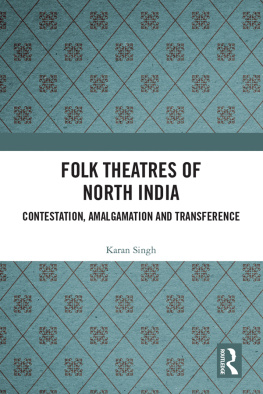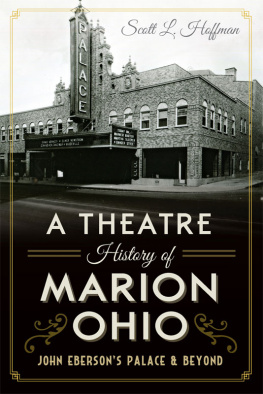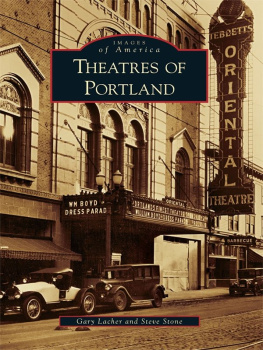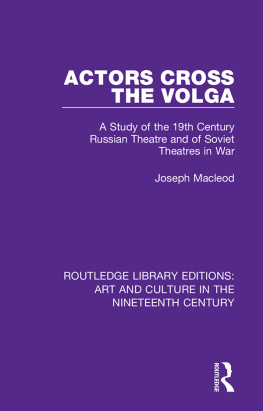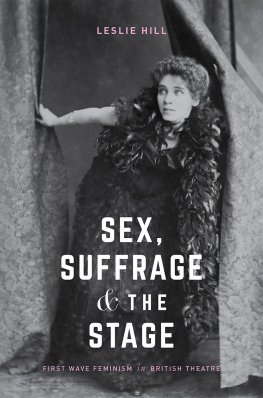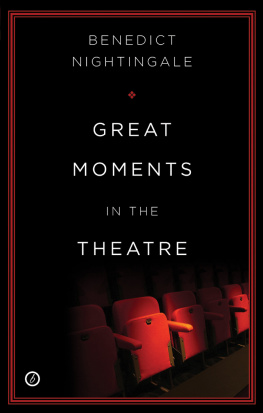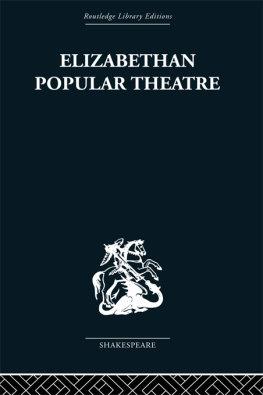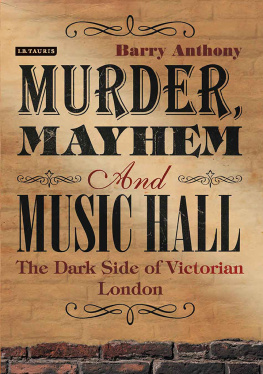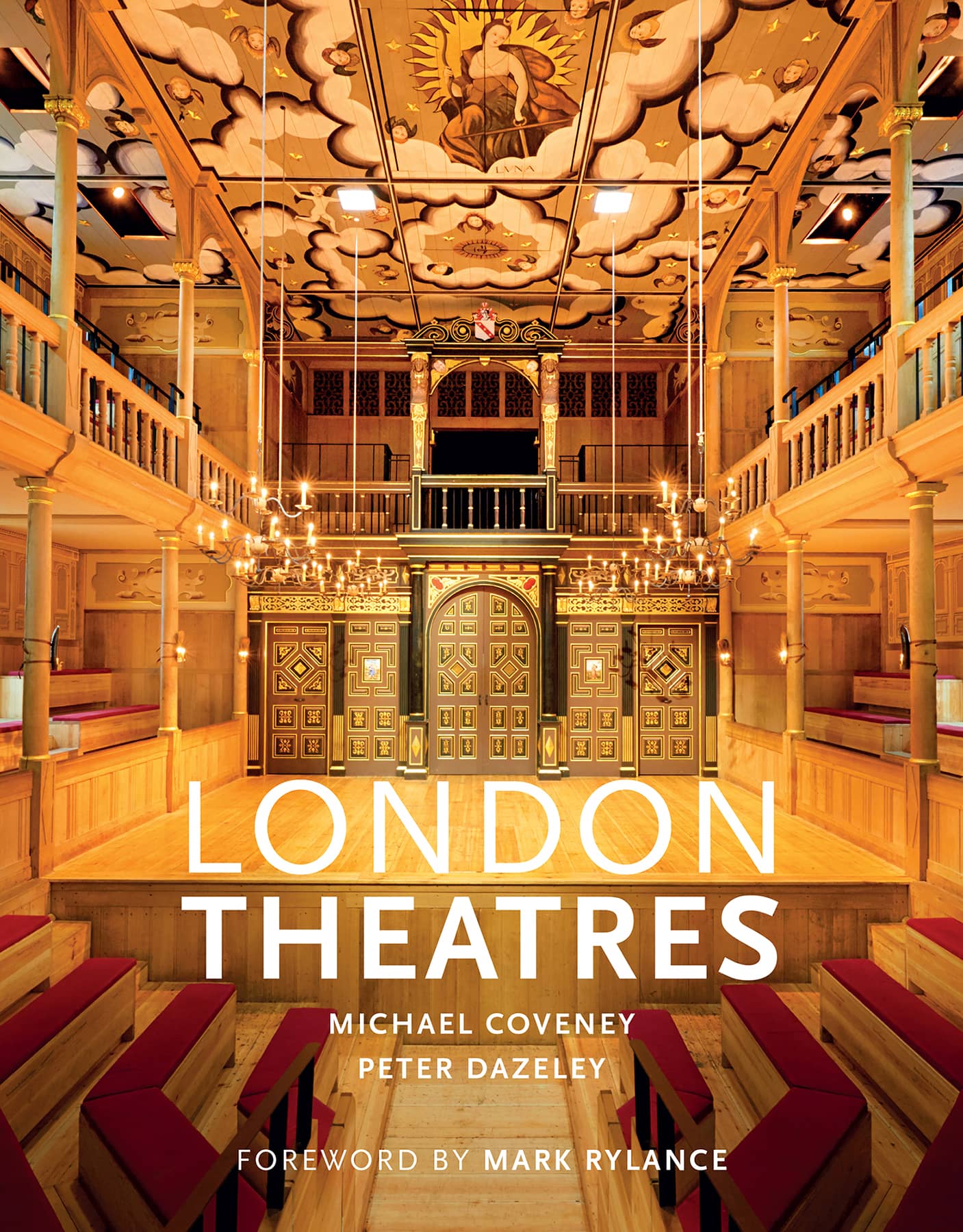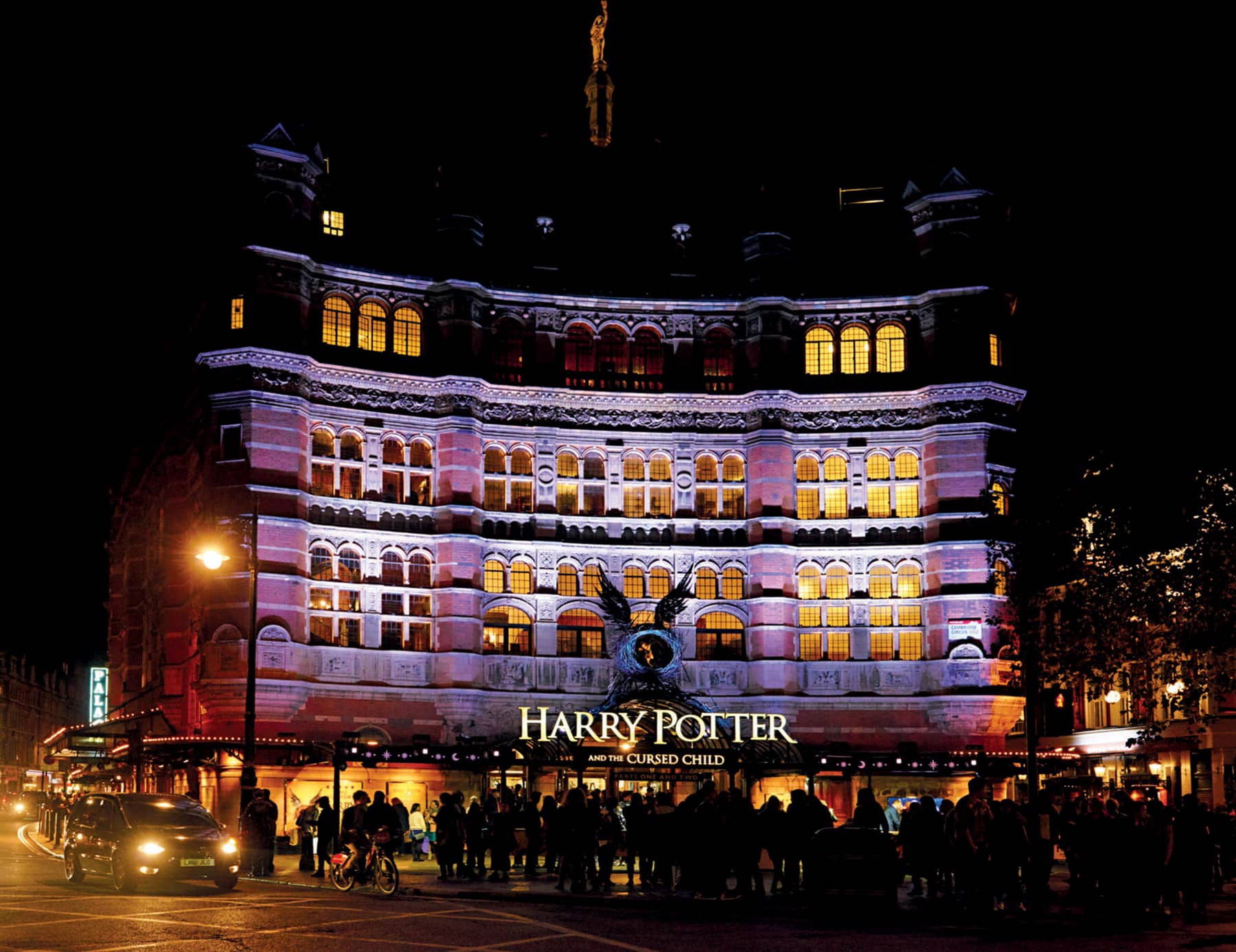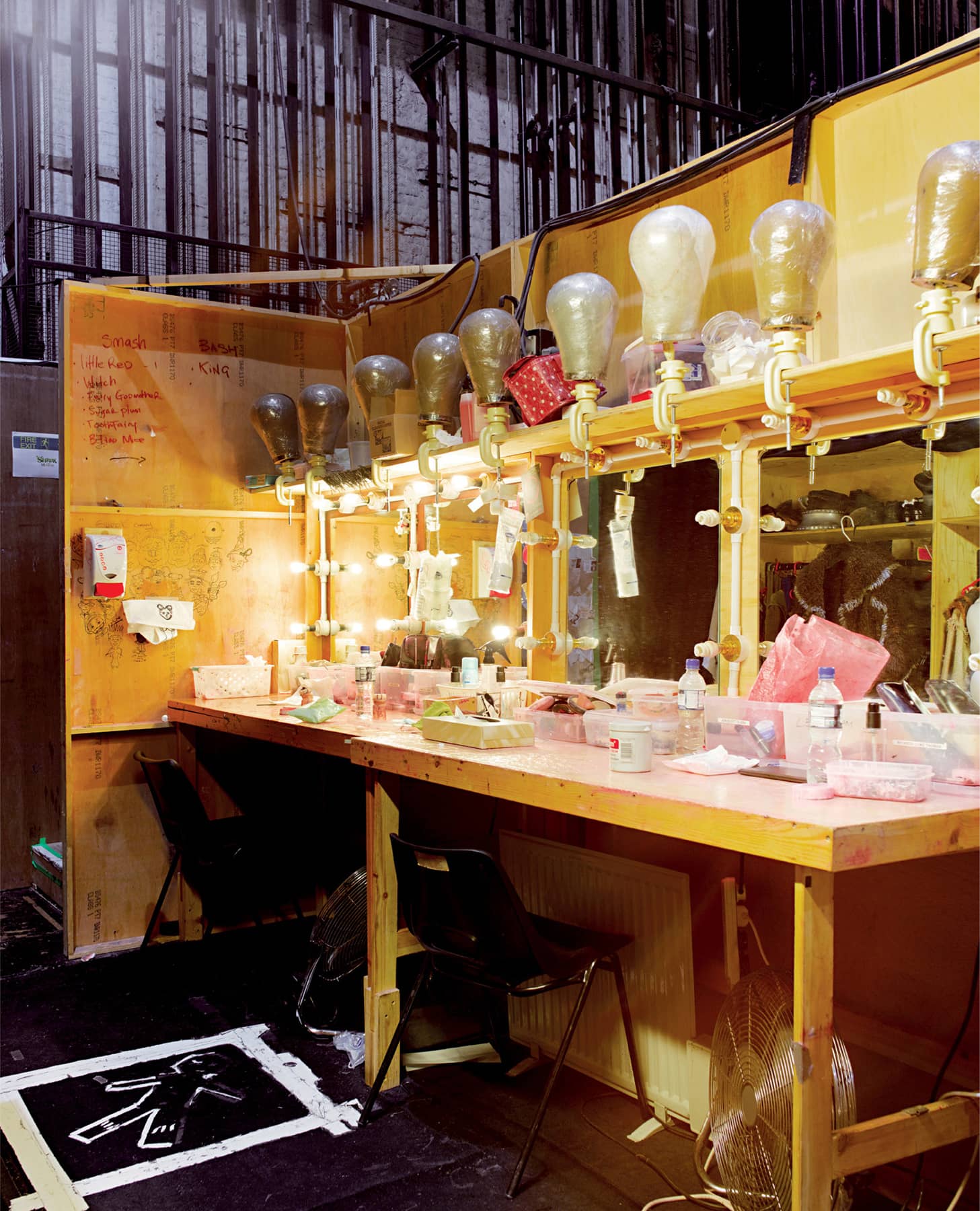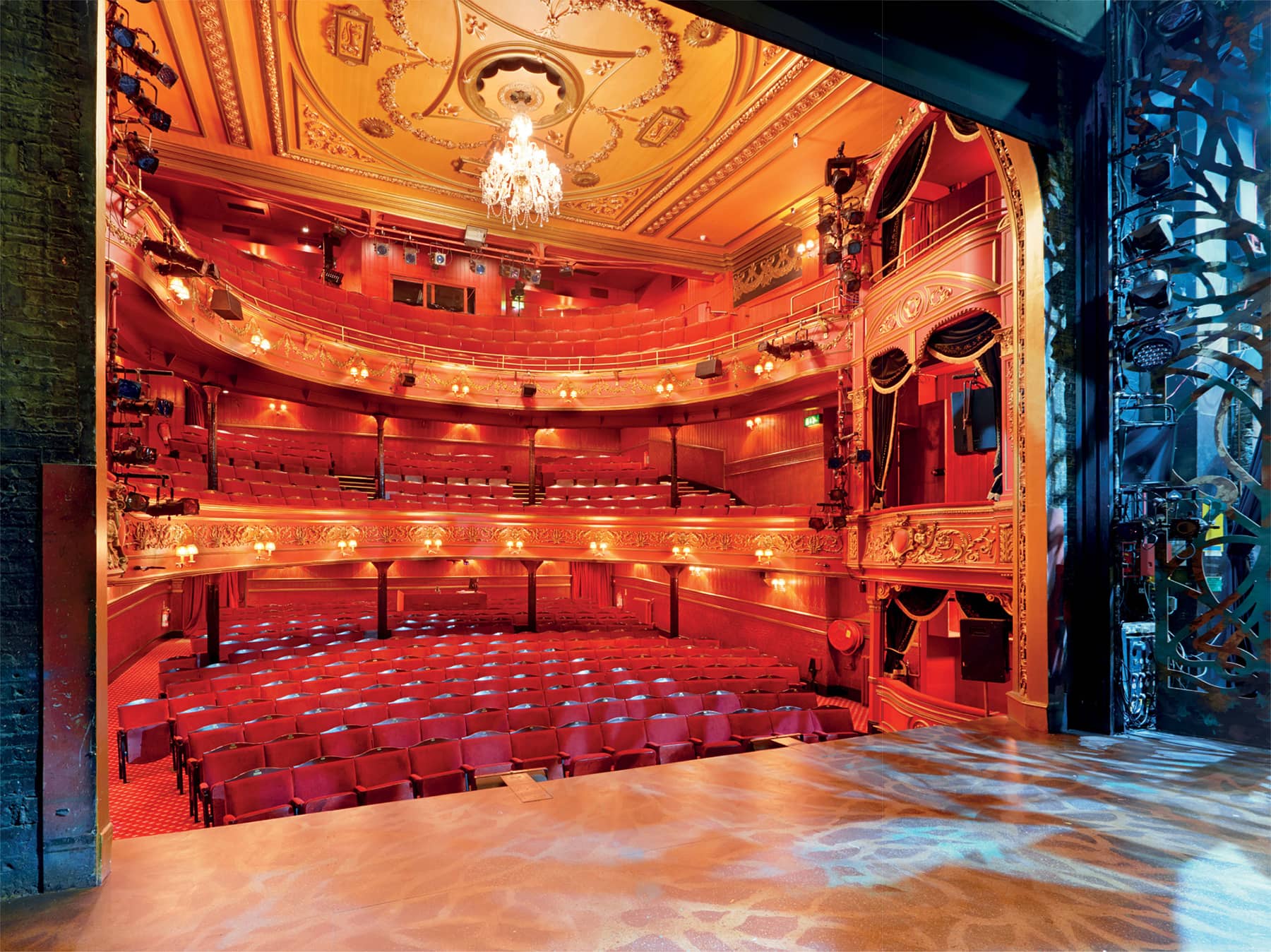Michael Coveney - London Theatres
Here you can read online Michael Coveney - London Theatres full text of the book (entire story) in english for free. Download pdf and epub, get meaning, cover and reviews about this ebook. year: 2017, publisher: Frances Lincoln, genre: Home and family. Description of the work, (preface) as well as reviews are available. Best literature library LitArk.com created for fans of good reading and offers a wide selection of genres:
Romance novel
Science fiction
Adventure
Detective
Science
History
Home and family
Prose
Art
Politics
Computer
Non-fiction
Religion
Business
Children
Humor
Choose a favorite category and find really read worthwhile books. Enjoy immersion in the world of imagination, feel the emotions of the characters or learn something new for yourself, make an fascinating discovery.

- Book:London Theatres
- Author:
- Publisher:Frances Lincoln
- Genre:
- Year:2017
- Rating:3 / 5
- Favourites:Add to favourites
- Your mark:
London Theatres: summary, description and annotation
We offer to read an annotation, description, summary or preface (depends on what the author of the book "London Theatres" wrote himself). If you haven't found the necessary information about the book — write in the comments, we will try to find it.
London is the undisputed theatre capital of the world. From world-famous musicals to West End shows, from cutting-edge plays to Shakespeare in its original staging, from outdoor performance to intimate fringe theatre, the range and quality are unsurpassed. Leading theatre critic Michael Coveney invites you on a tour of forty-five theatres that make the London stage what it is. With stories of the architecture, the people and the productions which have defined each one, alongside sumptuous photographs by Peter Dazeley of the public areas, auditorium and backstage, this illustrated overview of Londons Theatres is a book like no other. A must for fans of the stage!
Michael Coveney: author's other books
Who wrote London Theatres? Find out the surname, the name of the author of the book and a list of all author's works by series.

